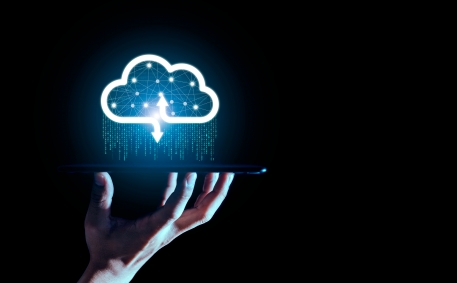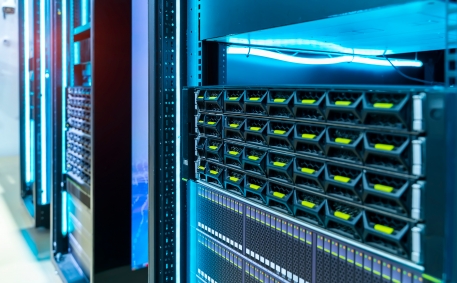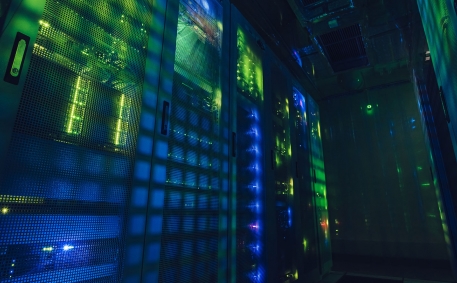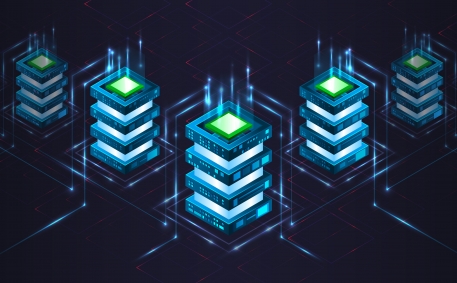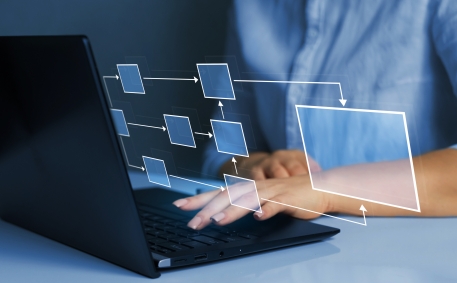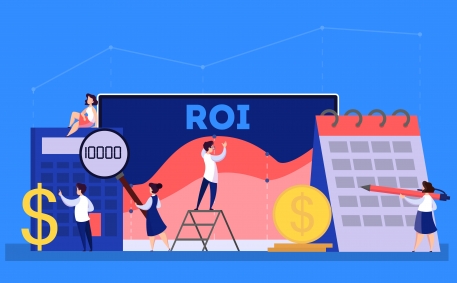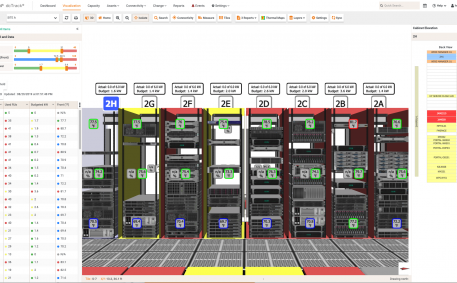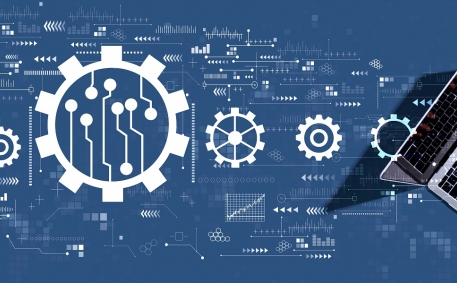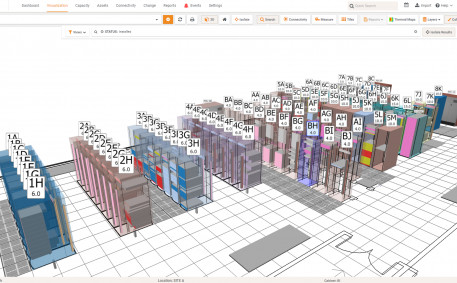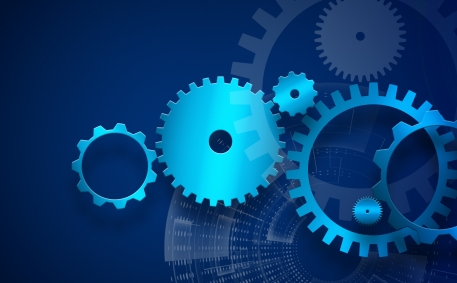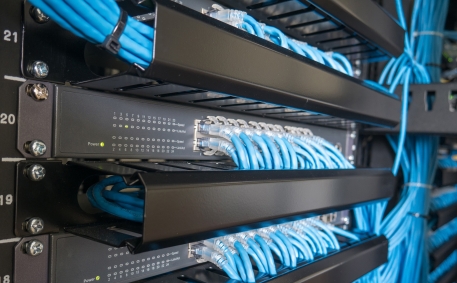-
Are data center managers reversing their cloud strategy?
Cloud repatriation is the process of migrating applications, data, and workloads from a public cloud environment to on-premise infrastructure, and it’s becoming a popular data center trend.
According to IDC, 70-80% of companies are repatriating at least some of their data each year.
What is driving cloud repatriation?
There are a variety of reasons why cloud repatriation may be an attractive option:
Cost concerns. Many organizations initially moved to the cloud for its scalability and pay-as-you-go pricing model. Now, as demand increases, the rising cost to run certain workloads no longer justifies the use of cloud services. Cost...
-
Data centers play a critical role in today's digital economy, and governments around the world are recognizing their importance by offering tax incentives to encourage their development. These tax breaks can significantly reduce the financial burden on data center operators and promote sustainable and efficient operations.
In this blog post, we will outline seven key steps to help you navigate the process of obtaining data center tax breaks. Additionally, we will provide examples of data center tax incentives offered by various countries, highlighting the different approaches taken to support this industry.
7 Key Steps to Getting Data Center Tax Breaks
Follow these basic steps to begin the...
-
Data center planning can be a chore. It's often a manual and time-consuming process that involves gathering data that may or may not be accurate from multiple tools. Plus, modern data center environments are increasingly complex and distributed which adds to the challenge.
However, by leveraging modern data center management tools and implementing tried-and-true processes, you can resolve many of the pain points of data center planning, deploy projects faster, and optimize your data center infrastructure.
Follow these 10 tips to more easily plan for future growth and get the most out of your facilities.
1. Maintain accurate asset information
Tracking detailed information about what equipme...
-
Did you know that data centers are some of the most energy-intensive buildings? They consume 10 to 50 times the energy per floor space of a typical office building.
As governments, industry regulators, and customers demand more energy efficient data centers, data center managers are tasked to comply with corporate sustainability initiatives by finding new ways to innovate and reduce energy consumption.
Fortunately, with modern Data Center Infrastructure Management (DCIM) software, there are many opportunities to cut waste and dramatically improve the efficiency of data center operations.
Here are some of the top ways that you can leverage DCIM software to maximize your data center’s efficien...
-
Data center consolidation involves reducing the number of servers, storage, network systems, racks, or entire data center sites to improve IT efficiency and create a more streamlined environment with lower space, power, and cooling requirements.
As businesses migrate their workloads to the cloud or virtualize servers, the need for physical space decreases. This prompts companies to downsize their footprint, utilizing existing resources more and alleviating data center management challenges.
Cost reduction is another driving force behind consolidation. By managing and maintaining a smaller set of data center resources, organizations can significantly reduce operational expenses.
The increased...
-
For many data center professionals, the daily operations of a data center require a lot of repetitive manual data entry tasks. Manually entering data about data center assets over and over again is not only time-consuming, but it risks inaccurate information due to human error.
However, there is a new way forward.
In a recent Sunbird customer workshop, data center experts from Accenture and Comcast shared how they leverage their Data Center Infrastructure Management (DCIM) software’s business rules engine to automate their data center operations.
But first, some background information.
What are business rules in DCIM software?
Business rules are automation programs that a DCIM system admin...
-
As a global leader in second-generation Data Center Infrastructure Management (DCIM) software, we have the opportunity to speak with a lot of data center professionals. One of the most common stories we hear is that they are still using Excel, Visio, open-source software, and homegrown tools to manage their data centers and that these tools are causing them a lot of pain. They're manually intensive, inaccurate, hard to use, and not integrated.
Today’s data center professionals understand that modern DCIM software can dramatically simplify how they manage their data centers. We hear time and again that they are desperate to deploy it to realize dramatic improvements in ease of use and compl...
-
Did you know that the data center industry accounts for 3% of global electricity consumption and is expected to hit 4% by 2030?
Due to rising energy costs and increased public pressure around the environmental impact of data centers, many of today’s organizations have launched corporate sustainability initiatives and data center professionals are cracking down on energy usage to support those goals.
Here are the top eight data center energy consumption trends that you should consider implementing in your data center to save energy and reduce costs:
Increased use of renewable energy sources. Many companies are implementing more sustainable energy sources in their data centers to go green....
-
Data center professionals have reached a breaking point. Data center infrastructure has grown too complex and distributed to manage with legacy tools like Excel, Visio, and homegrown systems. Manually updating multiple spreadsheets and diagrams for every change in the data center takes too much time and the information is too inaccurate to trust.
Instead, industry leaders are turning to Data Center Infrastructure Management (DCIM) software to simplify data center management by gaining a holistic view of all their data center assets and resources in a single pane of glass. Keep reading to learn what is driving DCIM adoption, who the top players are, and how to pick a DCIM vendor that’s right...
-
Data center management traditionally requires a lot of manual effort, and the same data often must be entered into multiple disparate systems. Not only does this waste time, but it leads to inaccurate data due to human error.
To simplify data center management, data center experts are driving “automation via integration” by deploying and integrating modern Data Center Infrastructure Management (DCIM) software solutions with out-of-the-box connectors that automatically populate data in the appropriate systems.
Data center automation provides many benefits and a dramatic return on investment. The top eight benefits of automating your data center operations are:
Enable a single source of tru...
-
Breaking News: dcTrack® 9.1 is now available with exciting new features including enhanced blade chassis visualization, custom fields for models and locations, and easier status changes. Read all about dcTrack 9.1.
We’re proud to announce the general availability of dcTrack® 9.0, the latest version of Sunbird’s DCIM Operations software. This release includes exciting new features including new facility items, a power single-line diagram, and world map visualization.
dcTrack 9.0 Availability
This dcTrack 9.0 update is available worldwide on a subscription or perpetual license basis to all customers with valid maintenance contracts. Download the update file from Sunbird’s support portal to u...
-
The Sunbird team extends our congratulations to The University of Chicago for receiving a Gold Certification in Informa’s Data Center Efficiency Program (DEEP). The Gold Certification is the highest certification level that the program awards for achievements in data center sustainability and efficiency.
After learning that the University’s data centers’ had shot up from being the campus’ twelfth- to fourth-largest consumer of energy, Raymond Parpart, Director of Data Center Strategy & Operations, sought out a DEEP certification and auditing process to answer the question, “Are we as good as we think we are?” and to help them improve efficiency and support the University’s sustainability...
-
Managing a data center traditionally requires entering the same information multiple times into disparate tools. This is a manual effort that is time-consuming and error-prone.
Leading data center professionals don’t waste time swiveling between different tools. Instead, they implement “automation via integration” that saves time and increases the accuracy of data.
In a recent Sunbird customer workshop, data center experts from eBay and NBCUniversal shared how they planned and implemented their integration between Sunbird’s Data Center Infrastructure Management (DCIM) software and ServiceNow.
How eBay Used APIs to Integrate ServiceNow and dcTrack
eBay is using dcTrack to remotely manage 41...
-
Main Distribution Frames (MDF) and Intermediate Distribution Frames (IDF) are integral components of modern data communication networks.
Buildings or campus facilities have one or more MDFs which are the demarcation points where public or private telecommunication networks interconnect with the internal network. The MDF then connects to any number of IDFs in the building, and the devices in those IDFs connect to end devices such as workstations.
As data centers become more decentralized, MDF/IDF closets are now elevated to mission-critical status. However, they are often overlooked and mismanaged when compared to more traditional data center sites.
Common challenges of managing remote sites...
-
Data centers account for more than 2% of total global energy consumption. If action is not taken, it is estimated that data centers will be responsible for 8% of global energy consumption by 2030.
Data center managers are under increased pressure to comply with sustainability initiatives such as the EU Code of Conduct for Energy Efficiency in Data Centres and dramatically increase their efficiency. To support their efforts, many data center professionals are turning to Data Center Infrastructure Management (DCIM) software.
DCIM software helps you improve data center sustainability by enabling you to:
1. Stop wasting energy by overcooling equipment.
One of the biggest roadblocks to data cen...





























